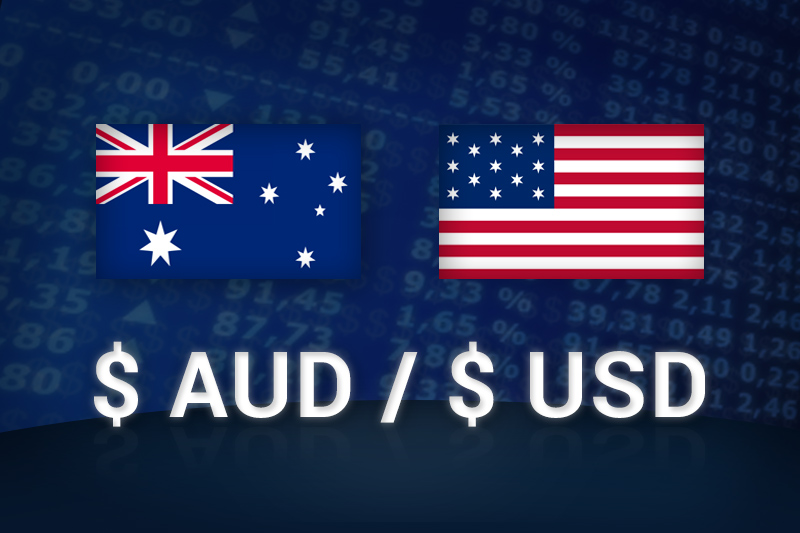Investing.com – The Aussie dollar traded modestly lower against its U.S. rival during Wednesday’s Asian session after Australian Prime Minister Julia Gillard said the strong Aussie is beyond the control of the government.
In Asian trading Wednesday, AUD/USD fell 0.02% to 1.0473. The pair was likely to find support at 1.0404, the low of January 25 and resistance at 1.0488, the high of January 4.
On Tuesday, the Aussie gained against the greenback after the National Bank of Australia said that its index of business confidence improved to 3 in December from a reading of minus 9 the previous month.
In a separate report, the Conference Board said that its leading index for Australia lost 0.2% in November, after a 0.2% rise the previous month
Gillard is scheduled to give a speech today in which she is widely expected to pressure the Reserve Bank of Australia to lower interest rates again. RBA, Australia’s central bank, is scheduled to next meet on February 5. Most traders do not expect a rate following that meeting, but further rate cuts this year seem to be a forgone conclusion.
RBA has slashed Australia’s benchmark interest rate by 175 basis points to 3% since November 2011. Despite those cuts, AUD/USD has continued to rise in part because even at 3%, Australia is seen as having high interest relative to other developed world economies.
Elsewhere, Gillard has set September 14 as the date of Australia’s next election, hoping that gives her minority Labor party enough time to close a noticeable gap in public opinion polls. Australia’s parliament will break on August for the month leading up to Election Day.
Meanwhile, EUR/AUD fell 0.03% to 1.2880 while AUD/NZD climbed 0.31% to 1.2515.
In Asian trading Wednesday, AUD/USD fell 0.02% to 1.0473. The pair was likely to find support at 1.0404, the low of January 25 and resistance at 1.0488, the high of January 4.
On Tuesday, the Aussie gained against the greenback after the National Bank of Australia said that its index of business confidence improved to 3 in December from a reading of minus 9 the previous month.
In a separate report, the Conference Board said that its leading index for Australia lost 0.2% in November, after a 0.2% rise the previous month
Gillard is scheduled to give a speech today in which she is widely expected to pressure the Reserve Bank of Australia to lower interest rates again. RBA, Australia’s central bank, is scheduled to next meet on February 5. Most traders do not expect a rate following that meeting, but further rate cuts this year seem to be a forgone conclusion.
RBA has slashed Australia’s benchmark interest rate by 175 basis points to 3% since November 2011. Despite those cuts, AUD/USD has continued to rise in part because even at 3%, Australia is seen as having high interest relative to other developed world economies.
Elsewhere, Gillard has set September 14 as the date of Australia’s next election, hoping that gives her minority Labor party enough time to close a noticeable gap in public opinion polls. Australia’s parliament will break on August for the month leading up to Election Day.
Meanwhile, EUR/AUD fell 0.03% to 1.2880 while AUD/NZD climbed 0.31% to 1.2515.
